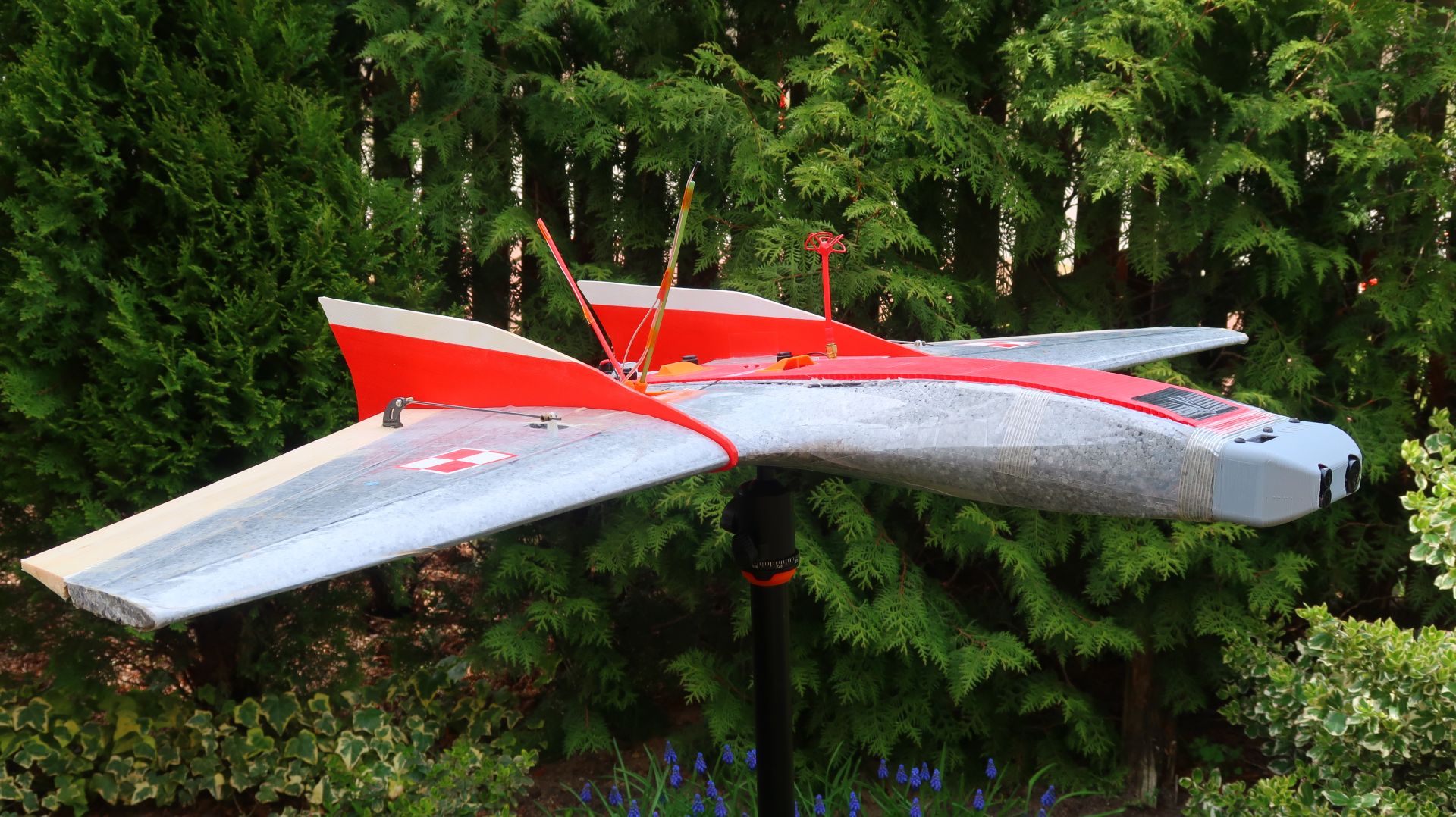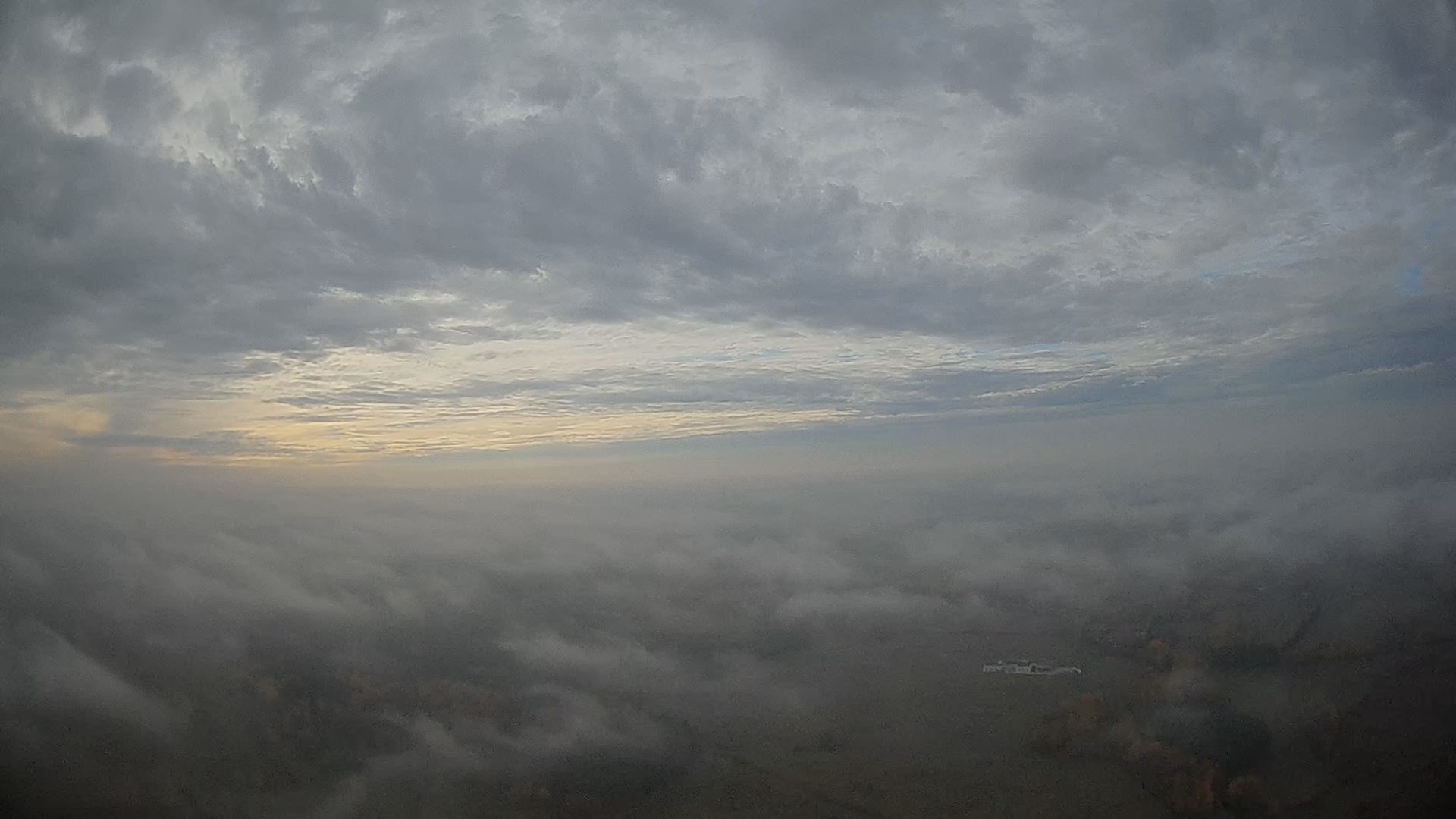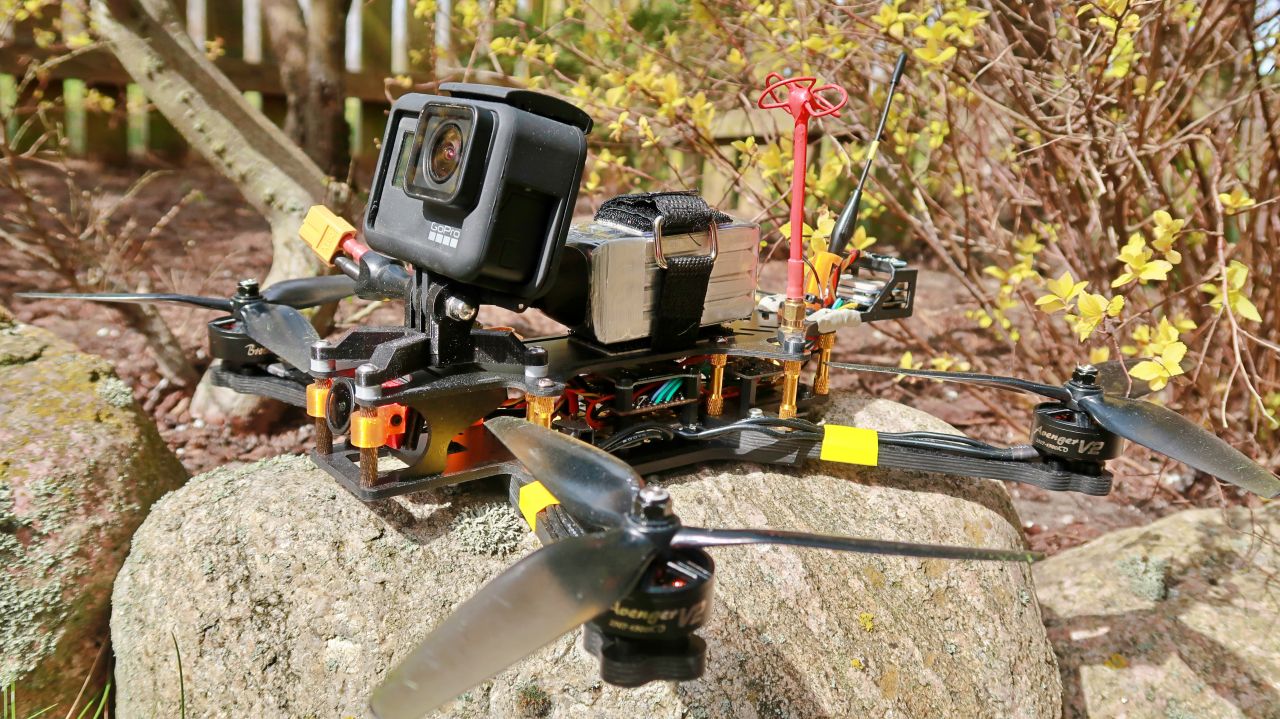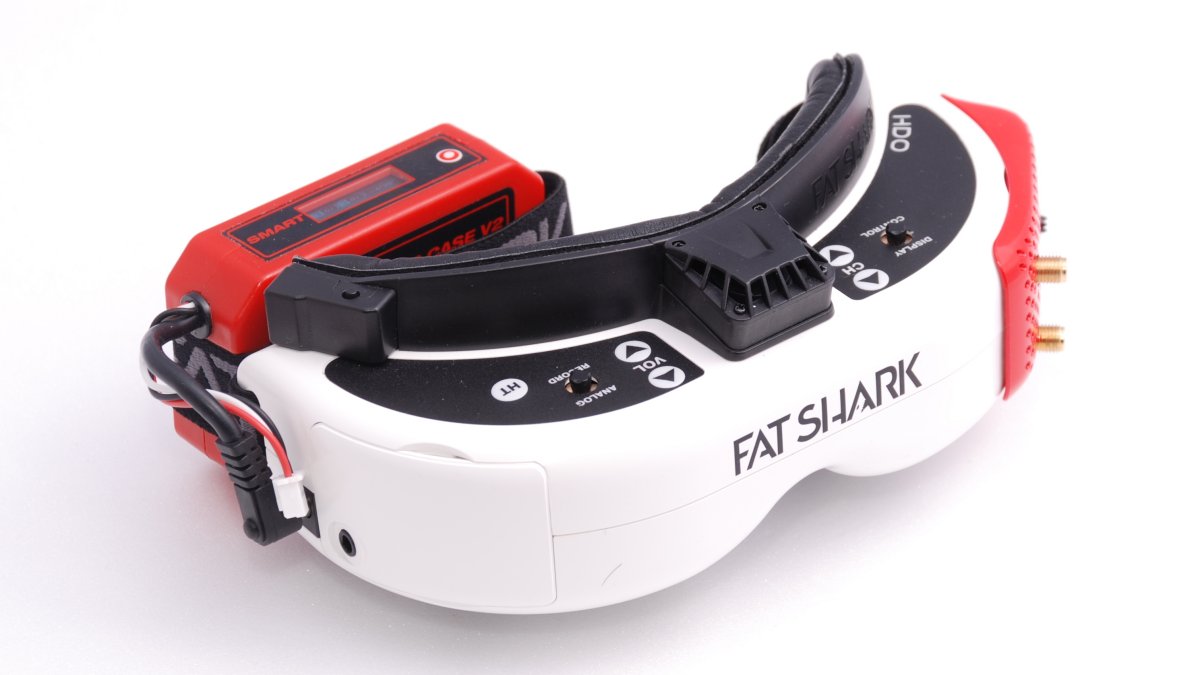Long-Range FPV Tips
Long-range FPV is one of the hardest aspects of the modern R/C hobby. Not only will you be sending your foam airplane of drone miles and miles above the line of sight range, if anything goes wrong, but you will probably never recover your UAV. Dead servo, burned motor, broken linkage, or just depleted battery equals crash. Finding your model miles away is extremely hard even if you know the GPS coordinates and last known position. Before making a first long-range flight, do everything you can to ensure your airplane or a drone will come back safely.
Here are tips about how to do that. But bear in mind, that I will skip the most obvious tips like:
- Get a 1.2GHz VTX
- Use TBS Crossfire or FrSky R9
- But a bigger battery
- Build a ground station
- Use antenna tracker for the ultra-long-range
Trusty hardware
You have to trust your hardware before putting it on a long flight. A freshly build airplane is not what you really to stress during a long flight. A perfect candidate is something that has at least a few hours in the air. This time allows you to confirm that:
- You know how it behaves in the air: banking, stall speed, how it takes off and how it lands
- You know the optimal, most effective, cruising speed
- Those few hours previously in the air are when most of the hardware failures should have happened. If you have a weak servo or one of the BECs is overloaded, they should fail during test trials
On the other hand, UAV that was in the air for too long or suffered too many rough landings is also not the best candidate. Accumulated stress increases chances of hardware failures over the time
Plan ahead
Instead of waking up in the morning with a thought, "I'll beat my personal best today because why not," plan it before — plan both in terms of a route and conditions.
- Google Maps will help you find both good routes far away from cities, airfields, natural obstacles, and spot for right places for take-off and landing
- Scout new locations before actually using them for long-range FPV. The ground should be relatively flat, not wet. The perfect place is a dry meadow with nice and short grass. It should be close but not too close to a road and far from the building and other areas you should not be flying over
- The perfect flying spot should be easy to locate from the air. An easy to recognize landmark helps in return and landing a lot. A big, lonely tree, a small lake, a hill, a hedge. Anything that can be used for navigation!
- Familiarize yourself with a landscape by making a couple of shorter flights before going long-range.
- Check the weather forecast before going far! If a detailed weather forecast predicts high wind, rain, or even worse a thunderstorm, postpone the flight. It might take a while to find a good window of opportunity, but it's worth it
Take care of your comfort
Long-range means a long time in the air, and a long time you will be piloting your airplane or a drone. Take care of your comfort. Standing for an hour with a radio transmitter hanging on your neck and FPV goggles on your face is not something I can recommend to anybody!
- If you do not have it already, get yourself a foldable tourist chair. It's getter to sit for an hour than stand, right?
- A hat! Oh, a good hat that puts shade on your head is priceless during summertime! A small tent or a garden umbrella is also an option to protect yourself from the sun. They are, however, quite big and bulky. Good old hat wins!
- During summer wear a sunscreen. On all the body parts that are not covered with clothes: hands, forearms, calves, etc. I put sunscreen on my forehead and ears even if I wear a hat.
- A shade of a lonely tree? Me gusta!
- During the winter, it's a different set of problems. A good hat is still your friend. But warm clothes and gloves are a must. The hardest to find are thin but warm gloves. I use thin running gloves and fingerless-gloves on top of them.
- Do not forget cold drinks for the summer and something warm in a thermos of the winter.
Goggles or an LCD screen?
The last tip is something of a solution to a question: what is more suited for long-range FPV, goggles, or an LCD screen? Goggles let you immerse, but with an LCD screen, you have more freedom. My answer is: both! From the technical point of view, a video signal from the receiver in a ground station can be split or retransmitted to the goggles easily. You can switch between goggles and an LCD as you fly, whenever it's most convenient. On top of that, an LCD screen can be observed by the one around you. Trust me, all the pilots around you will want to take a look. Let's make it easy for them and you.

I'm Paweł Spychalski and I do things. Mainly software development, FPV drones and amateur cinematography. Here are my YouTube channels:




